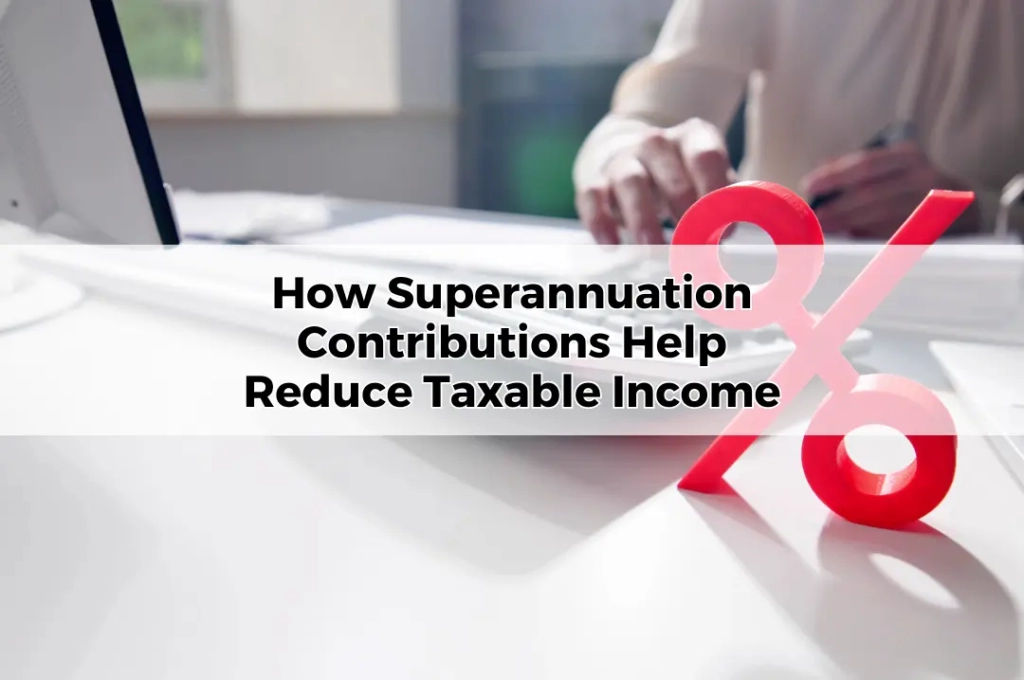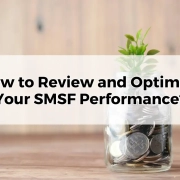How Superannuation Contributions Help Reduce Taxable Income
Table of Contents
ToggleSuperannuation contributions are not only a cornerstone of retirement planning in Australia but also an effective tool for reducing taxable income. By understanding how these contributions work and the benefits they offer, Australians can optimise their financial strategies for long-term growth.
What Are Superannuation Contributions?
Definition and Types
Superannuation contributions are payments made into a super fund to build a retirement nest egg. They come in two primary forms: concessional and non-concessional contributions.
The Role of Super Contributions in Financial Planning
These contributions ensure financial security in retirement while offering immediate tax benefits to contributors.
Concessional Contributions Explained
What Are Concessional Contributions?
Concessional contributions include employer contributions, salary sacrifice arrangements, and personal deductible contributions. These are taxed at a lower rate of 15%, making them a tax-efficient option.
Annual Caps on Concessional Contributions
Currently, there is an annual cap of $30,000 on concessional contributions. Staying within this limit maximises tax benefits while avoiding additional penalties.
Non-Concessional Contributions Explained
What Are Non-Concessional Contributions?
Non-concessional contributions are made from after-tax income and are not subject to the 15% contributions tax. These contributions allow individuals to bolster their super balance without additional tax implications.
Annual Caps on Non-Concessional Contributions
The annual cap for non-concessional contributions is $110,000, with the ability to bring forward up to three years of contributions for those under 67.
Tax Advantages of Concessional Contributions
Lowering Taxable Income
Concessional contributions reduce your assessable income, thereby lowering the amount of tax owed. This is particularly beneficial for high-income earners.
Comparing Tax Rates
The 15% tax on concessional contributions is significantly lower than the marginal tax rates applied to personal income, which can reach up to 45%.
The Role of Salary Sacrificing
How Salary Sacrifice Works
Salary sacrificing involves redirecting a portion of your pre-tax income into your super fund. This reduces your taxable income while boosting your retirement savings.
Benefits and Limitations
While salary sacrificing is an effective strategy, it’s essential to stay within concessional contribution caps to avoid penalties.
Personal Deductible Contributions
Claiming Tax Deductions
Personal contributions made from after-tax income can be claimed as a tax deduction, effectively converting them into concessional contributions.
Eligibility Criteria
Individuals under the age of 75 can claim deductions, provided they meet specific eligibility requirements and submit a notice of intent to their super fund.
Superannuation Co-Contribution Scheme
Government Incentives for Low and Middle-Income Earners
The government offers co-contributions of up to $500 for eligible low and middle-income earners who make after-tax contributions to their super fund.
Maximising Co-Contributions
Understanding income thresholds and contribution limits can help eligible Australians fully leverage this incentive.
Contribution Splitting with a Spouse
Sharing Contributions Between Spouses
Contribution splitting allows couples to share concessional contributions, balancing their super balances and maximising tax benefits.
Benefits of Spousal Contributions
This strategy can be particularly advantageous for households where one partner has a lower income or is not working.
Downsizer Contributions
Using Proceeds from Property Sales
Australians aged 60 and over can make downsizer contributions of up to $300,000 from the sale of their primary residence.
Tax Benefits of Downsizer Contributions
These contributions are not subject to concessional or non-concessional caps, providing a unique opportunity for older Australians to boost their super.
High-Income Earners and Division 293 Tax
What is Division 293 Tax?
High-income earners with combined income and contributions exceeding $250,000 are subject to an additional 15% tax on concessional contributions.
Strategies to Minimise Division 293 Tax
Effective planning, such as utilising non-concessional contributions, can help mitigate the impact of this tax.
The Role of a Toowoomba Financial Adviser
Tailored Superannuation Strategies
A Toowoomba financial adviser can provide personalised advice on how to maximise super contributions and reduce taxable income.
Comprehensive Financial Planning Services
From retirement financial advice to tax optimisation, engaging a financial adviser ensures a holistic approach to wealth management.
Conclusion
Strategic superannuation contributions not only secure your retirement but also provide immediate tax benefits, enhancing your overall financial position.
For tailored advice on superannuation and tax strategies, contact Wealth Factory in Toowoomba. Whether you need retirement financial advice or guidance as an online financial adviser, we’re here to help you achieve your financial goals.
Understanding and utilising superannuation contributions effectively can lead to significant tax savings and a robust financial future. With the right strategies and professional advice, Australians can optimise their wealth-building journey.









